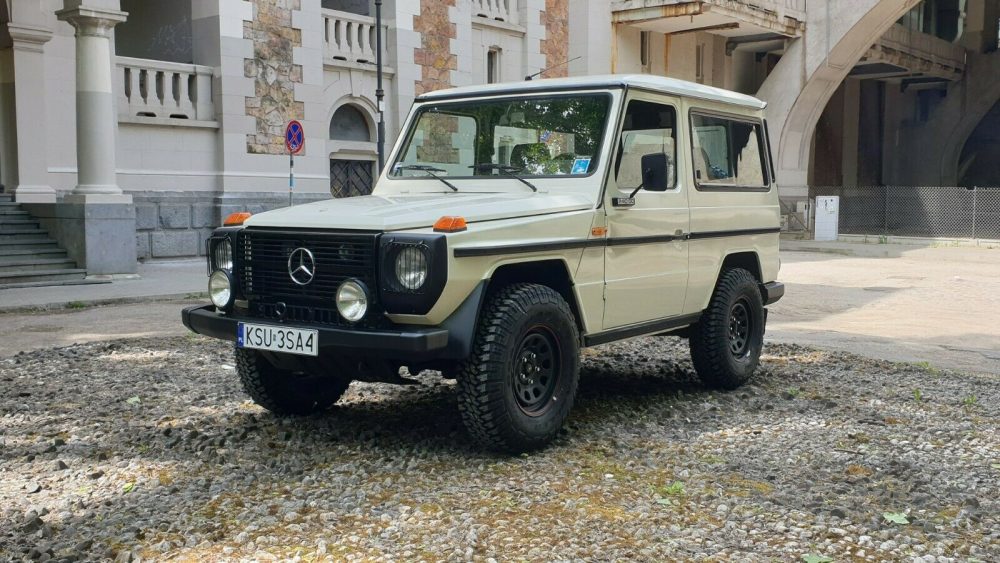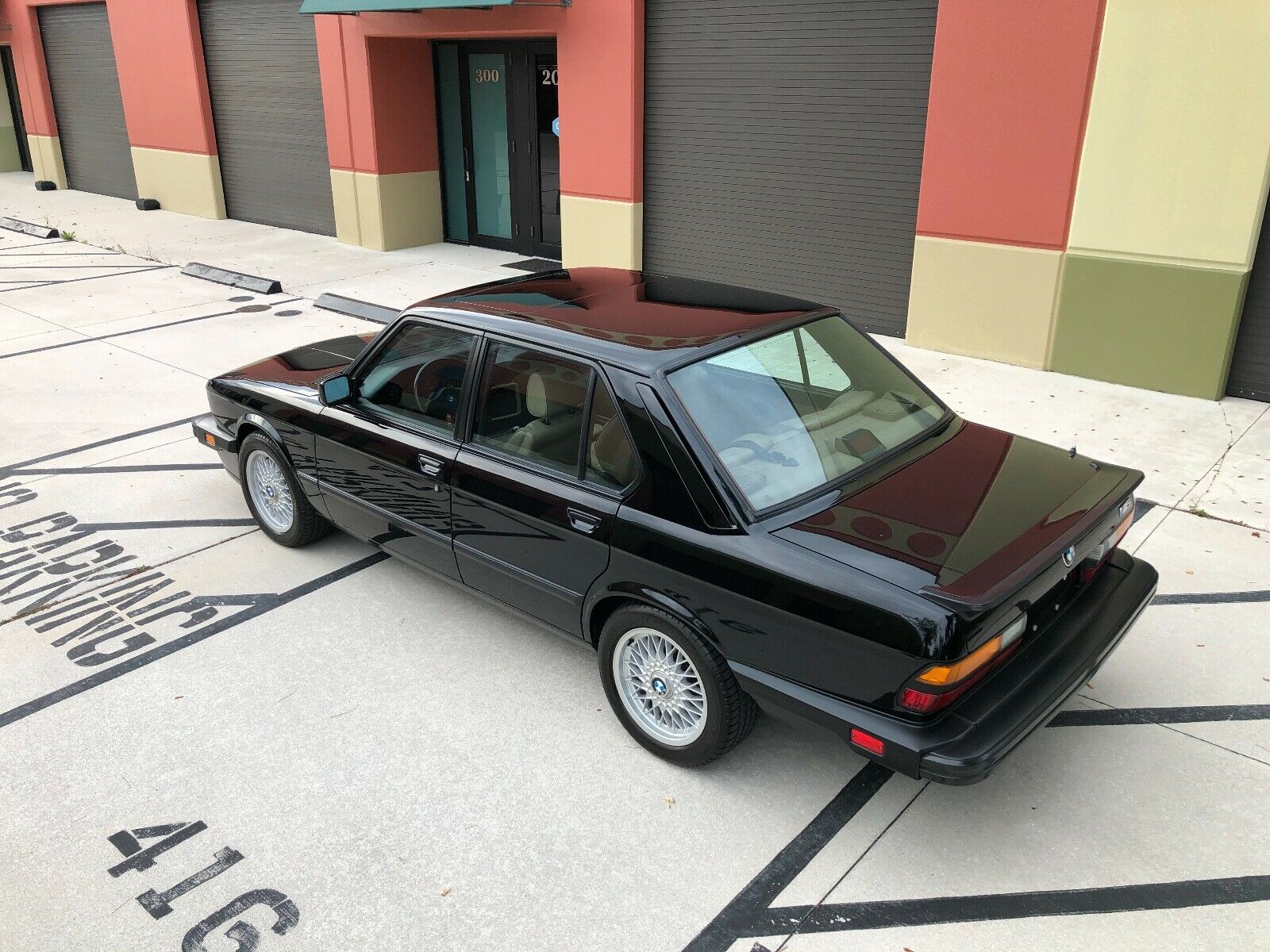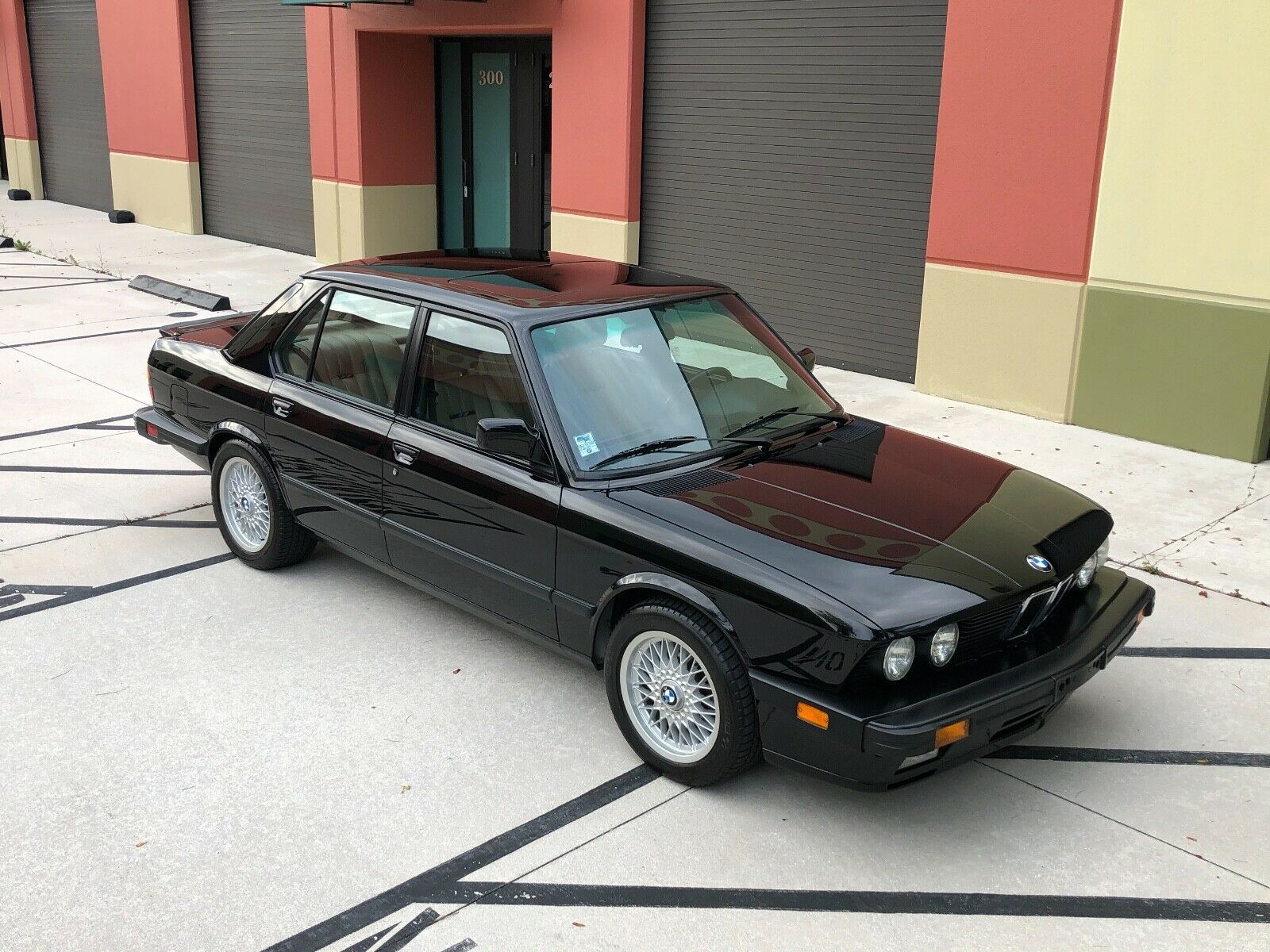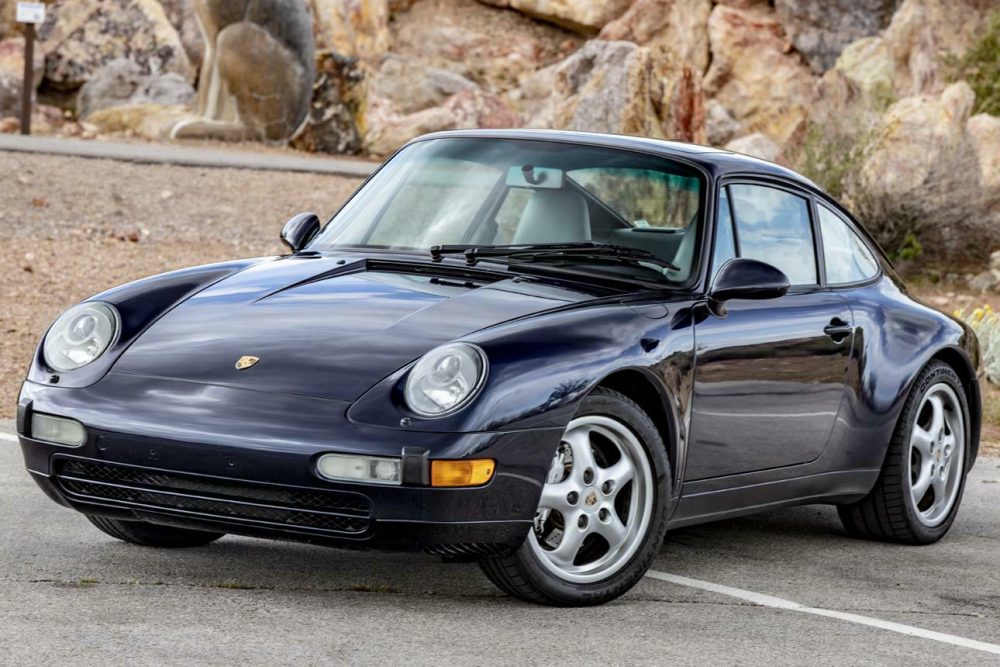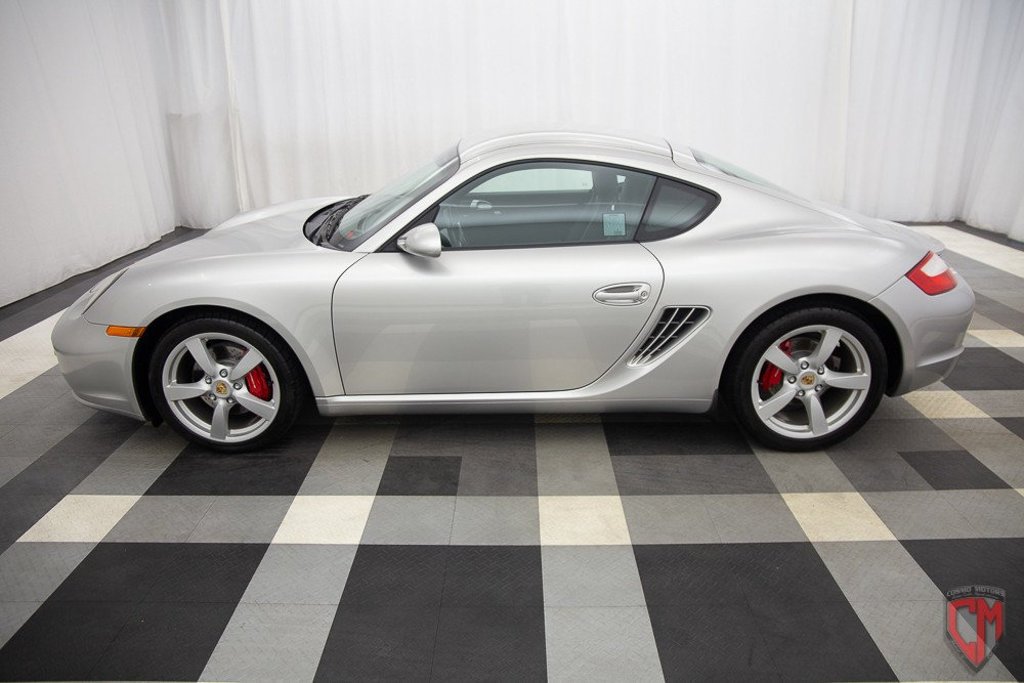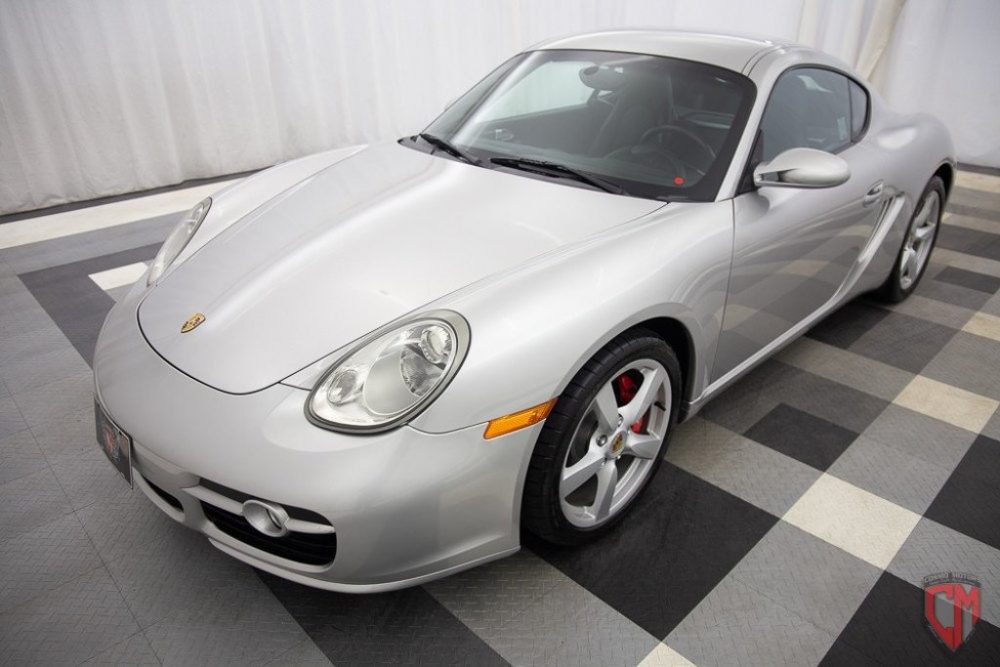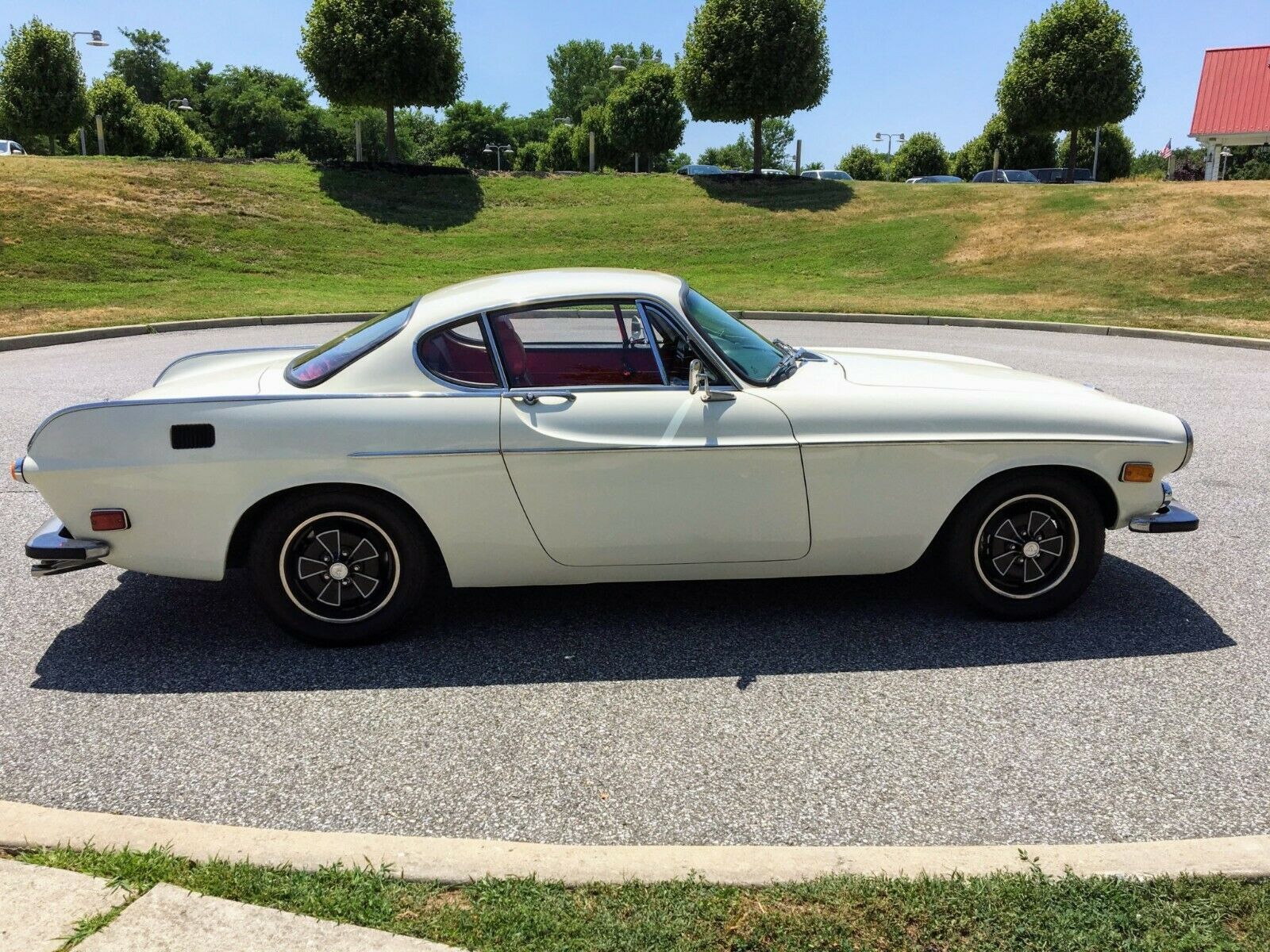Take a look around the collector car market and you’ll see 1970s to 1990s SUVs are very hot right now. Either bone stock or $300,000 restomods, people want them. The typical suspects are always the most in demand like Land Cruisers, Broncos, and Defenders, but now it seems like people are digging up G-Wagens from across the globe to dump off on Americans flush with cash. Even better, they are using cheap labor and materials from countries in Europe that are economically challenged then selling them under the guise of “restored,” which is a term that has lost all meaning whatsoever given how often it is used under false pretense. Case in point, today’s 1984 Mercedes-Benz 240GD in Poland.
German Cars For Sale Blog Posts
The M5 might not have been the original super sedan. It wasn’t even the first hot 5-series. But just like the GTI is synonymous with the hot-hatch segment, the M5 became the standard by which all other super-sedans were judged the moment it rolled onto the scene in 1985. Power seemed other-worldly; 280 plus horsepower from the race-derived M88/3 hunkered down with beefy suspension upgrades and huge (for the time) alloy wheels linked with a limited-slip differential. At a time when “fast” cars had 180 horsepower, BMW’s first M-offering in the sedan range might as well have been a space ship.
BMW promised limited production for the U.S. market, too – and, indeed, only 1,239 were produced for the U.S. with the slightly de-tuned S38. Unfortunately, that was 700 more than BMW had promised to make, and that led to a lawsuit. It also wasn’t very long before the M5’s power reign was eclipsed; first by its replacement E34 model, then by the whole range of new V8 models emerging on the market, from the 1992 Audi V8 quattro to the 500E. Values quickly fell as these old-looking (even when new) boxy rockets fell out of favor, and they remained there for quite some time.
But recently there’s grown a much greater appreciation for all things 80s M, and though the E30 has grabbed the headlines as the market star, outside of the M1 it is the E28 M5 that was brought here in fewest numbers. Even fewer have survived, and finding clean, lower mile examples can be tough. This one appears to tick the right boxes:
CLICK FOR DETAILS: 1988 BMW M5 on eBay
5 CommentsDon’t get too excited, but it looks like prices of Porsche 964 and 993 models have started to cool off. When I say “cool off,” that means going from red hot to still hot enough to burn you. It seems the giant run up of everything aircooled Porsche from about five years ago has started to wane a little, with the the non-special cars that are in just average condition being the first ones to fall. That means all the C2 examples with over 100,000 miles on them and some cosmetic flaws, along with the boring colors. I don’t think this has anything to do the world’s current situation as the collector market is still very stable, but rather an increased focus on the rare cars and ones with very low miles. Today, a 1995 C4 up for sale in Nevada certainly seems like a decent price for what it is.
CLICK FOR DETAILS: 1995 Porsche 911 Carrera 4 on eBay
3 CommentsThe magical $20,000 mark doesn’t buy you much Porsche. Even less when you are talking about a Porsche with an engine mounted somewhere behind the seats. You have the 914 and the Boxster, and maybe an R-title automatic 996. However, now as the years pass, we have another option. I know I already ruined the surprise, but the 987 Cayman is suddenly under the $20,000 and there are lots of them. Granted, a lot of them are the not-so powerful base Cayman with the 2.7L, but to my surprise, this is a Cayman S!
CLICK FOR DETAILS: 2006 Porsche Cayman S on eBay
3 CommentsThe famous Volvo 1800 actually came about thanks to another unusual partnership in the earlier, and lesser known, P1900. In 1953, Volvo commissioned California-based fiberglass body producer Glasspar to help make a sports car based on the 544. A few were made, but changes in leadership ultimately killed the project.
The idea was reborn in the 1800 and design moved from California to Italy, where prototypes for the new sport concept were produced by Frua. Frua couldn’t handle large-scale production, though, so Volvo took the prototypes to Karmann in Germany. Though it initially agreed to produce the car, Volkswagen’s contract with Karmann to produce the competitor Ghia ruled it out. Stymied, Volvo turned to Jensen in England after exploring some other dead-end options. Jensen’s production possibilities looked promising to Volvo, but ultimately Jensen didn’t have the capacity to produce the bodies. An agreement was struck with Scottish Pressed Steel, which then produced the P1800 bodies so poorly that a very frustrated Volvo ended up moving production back to Sweden in 1962. The renamed 1800S (no longer with a “Pâ€) signified the changeover.
But regardless of how many masications they went through or who was producing it on any given day, one thing remained certain – the 1800 is one of the best looking cars to come out of Sweden and was an unusually round peg from a notoriously square manufacturer:

